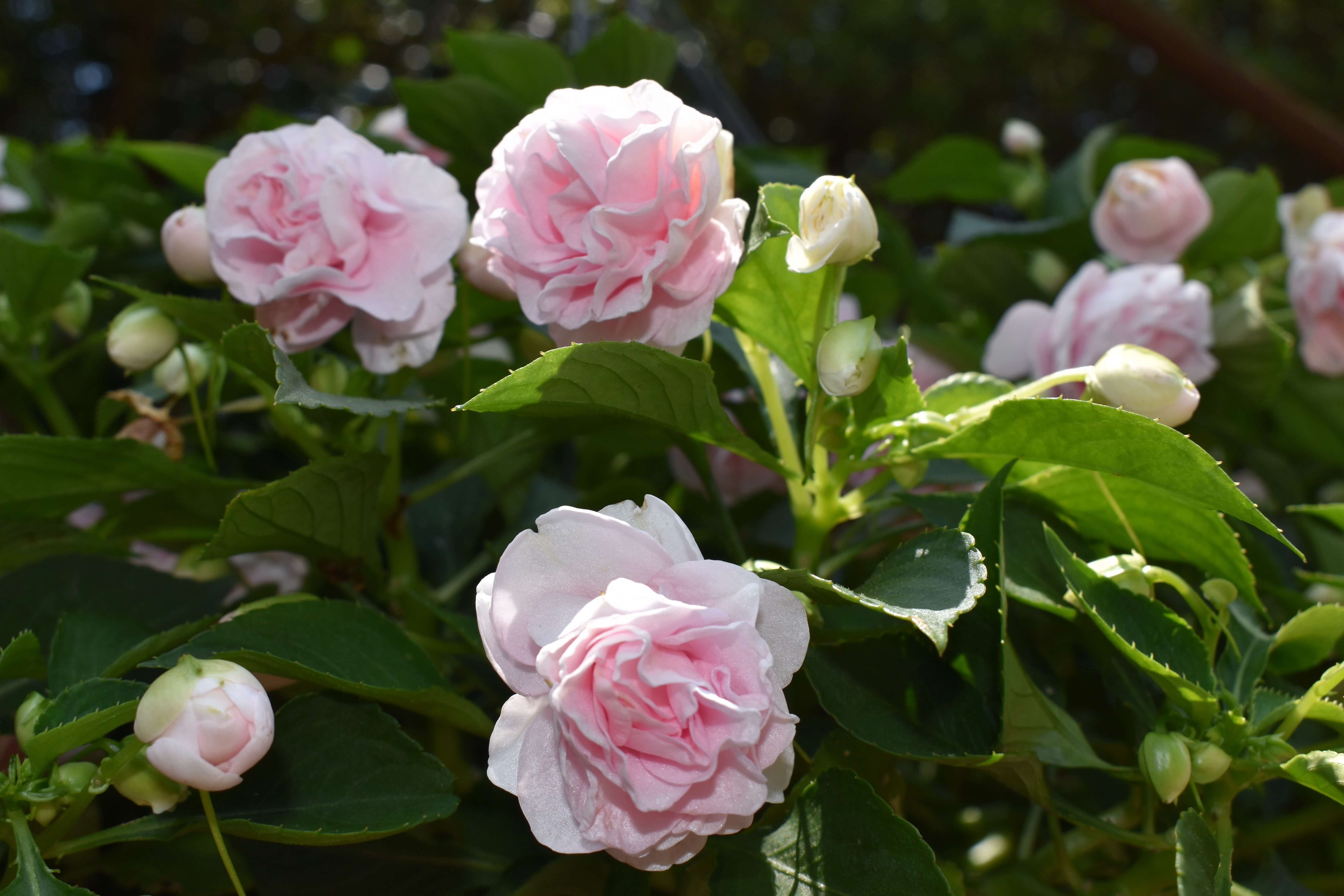While walking around the Coastal Georgia Botanical Garden at the Historic Bamboo Farm in Savannah, Georgia, I was caught up in the beauty of grass that was so picturesque when it was backlit by the sun. It was a muhly grass, but not the pink, cotton-candy-looking kind admired in the fall. This was bamboo muhly native to Arizona. Plants native to Arizona aren’t often considered as adaptable to the hot, humid Southeast, but bamboo muhly is like having a piece of fine art in the garden.
Botanically speaking, the grass is Muhlenbergia dumosa, and several references claim it is native to parts of New Mexico and California. I can’t confirm that via the U.S. Department of Agriculture. The garden has several of these 6-foot-tall, finely textured plants that really do look like bamboo. Years ago, I remember ‘Karl Foerster’ feather reed grass being called a perpetual motion plant in the prevailing breezes, but it pales in comparison to bamboo muhly.
You may be thinking that anything called “bamboo” is to be feared, but not this incredible, clump-forming grass. If the only grass you grow is the one you mow, you are missing out. This is a grass grown strictly for the wispy fine or thread-like element it provides the landscape as its bloom are inconspicuous, to say the least.
Bamboo muhly is cold hardy from zones 7 through 10 and will perform in full to partial sun. If you think about a plant native to Arizona, you know the critical factor — it must have good drainage. On the plus side, this means you provide enough water to get it established, then you have a tough-as-nails landscape element.
Here at the garden, we use some bamboo muhly in partnership with large, fan-leafed palms. This is the ultimate in contrasting foliage, as the bold- or coarse-textured tropical palm and the fine-textured grass move in the breeze. In another area, we partnered the grass with dwarf oleander, and with ‘Soft Caress’ mahonia in another area. All of these combinations stand out because of their differing leaf colors and shapes.
My favorite partnership in the garden is the one near the small, tight-clumping 'Chinese Goddess' bamboo, known botanically as Bambusa multiplex ‘Riviereorum.’ This bamboo came to the garden via Floyd McClure in 1928. There is something about these two clump-forming plants that mesmerizes me. After all, they are both grasses, if you know what I mean.
To grow bamboo muhly, choose a site in full sun with fertile, well-drained soil. Amend tight-compacted clay as needed with 3 to 4 inches of organic matter, like compost or humus. Till to a depth of 8 to 10 inches and incorporate 2 pounds of a slow-release, 12-6-6 fertilizer per 100 square feet of bed area.
Dig the planting hole two to three times as wide as the root ball, but no deeper. Plant the muhly grass at the same depth it is growing in the container, with the crown slightly above the soil profile. Know that your plant will reach 4 to 6 feet tall and grow as wide, so allow enough space to let your plant show off.
In Savannah, we don’t cut ours back unless the cane or stem actually dies. In colder areas, treat it like you do pink muhly or Lindheimer’s muhly. Cut the foliage back hard to about 12 inches in late winter. Apply a light application of fertilizer when pruning and again in midsummer. A little supplemental water during prolonged dry periods in the summer will pay dividends. Clumps can be divided in early spring.
For more information about the garden, go to coastalgeorgiabg.org.

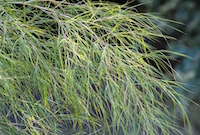
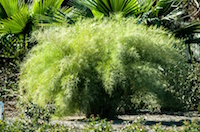
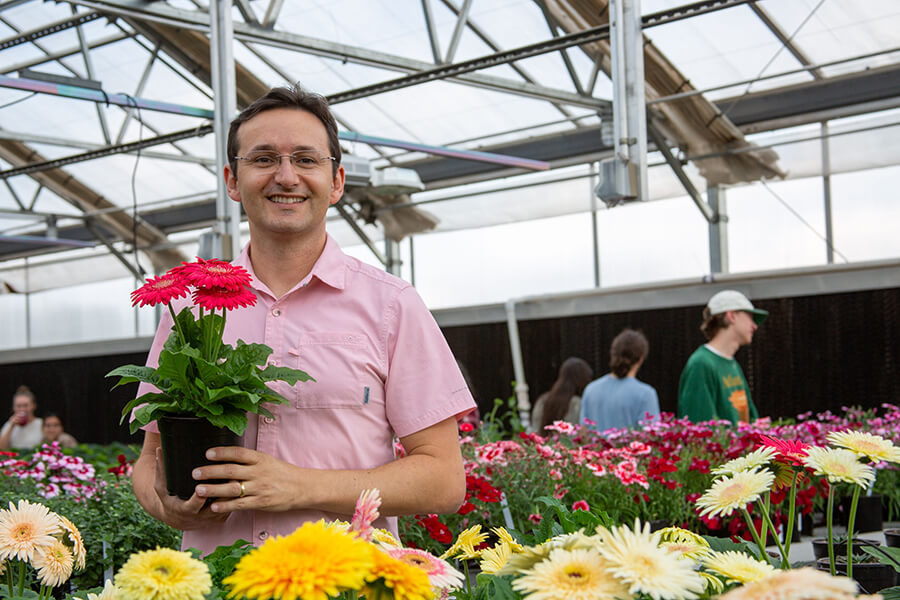
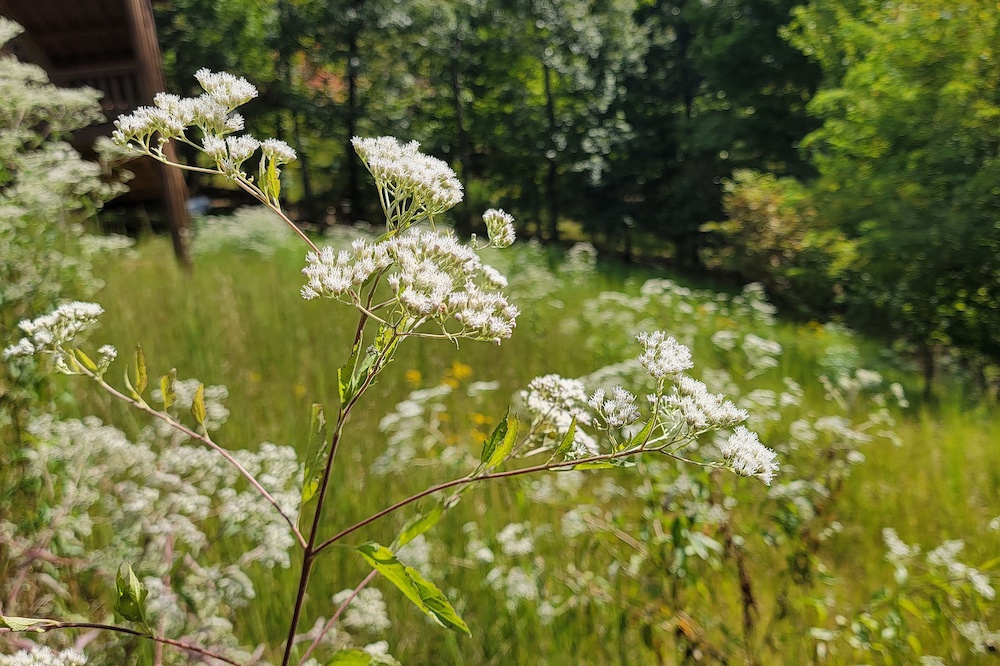


.jpg)
